Ms. Nguyen Thi Binh, Foreign Minister of the Provisional Revolutionary Government of the Republic of South Vietnam, in an interview with foreign media. Photo: En.baoquocte.
The film adapted from the novel Red Rain by writer Chu Lai heated up the Vietnamese box office when it reached the revenue milestone of 100 billion VND after 3 days of showing, setting a record in the domestic war film genre.
Based on the novel of the same name by writer Chu Lai, the film takes viewers back to the Quang Tri Citadel battlefield in 1972, where there were bombs, blood, and both intellectual battles at the negotiating table and humanistic scenes from the rear. In it, the image of the "head of the delegation" negotiating, portrayed as a metaphor for Ms. Nguyen Thi Binh, appears quietly but unforgettable.
The woman "has typical oriental beauty"
Lieutenant Colonel and writer Chu Lai did not directly name Ms. Nguyen Thi Binh in his work. However, he clearly wrote about the character "the head of the delegation of the Provisional Revolutionary Government of South Vietnam" with enough characteristics for readers to associate with Vice President Nguyen Thi Binh, the only woman to sign the Paris Agreement.
Red Rain book cover.
The author lets this character enter the diplomatic space with an unforgettable temperament, he describes her as "a middle-aged woman with typical oriental beauty, graceful, discreet and dignified".
In particular, the “head of the delegation” repeatedly demonstrated the mettle of Vietnamese women, making the American negotiating team wary. When the opponent tried to deny the National Liberation Front, she spoke “in French, softly but firmly:
“Accepting a conference with all four parties is an expression of our goodwill for peace. So you must also accept that in South Vietnam there are two governments, two lands, two armies as a matter of course, and the so-called 'ghost' that you often talk about the government of our National Liberation Front is extremely unrealistic and arbitrary.”
Then, when leaving the conference, the “head of the delegation” again showed her gentleness and delicacy. Chu Lai clearly wrote that she “leaned slightly” toward Cuong’s mother (one of the main characters, fighting in Quang Tri Citadel), and whispered softly: “The Citadel is still standing. Our flag is still planted firmly there. Is your child there? Any news?”
In the midst of tension, this tender moment became a deeply humane one. There, humanity transcended diplomacy, as if it were just two mothers caring for each other.
The combination of reason and emotion makes the leader of the group a profound highlight in Red Rain, representing the spirit of the times and touching the hearts of readers, especially mothers during wartime.
Historical faces
Many other historical figures were also recreated by writer Chu Lai in Red Rain . General Vo Nguyen Giap appeared through a phone call from the rear. Just a few short paragraphs helped readers imagine “the shadow of a person who lived with history”.
On the phone, the General did not ask for data or give orders, he just listened and praised the fighting spirit of the soldiers. In the story, his thought was “victory but does not mean wasting the blood of comrades”, conveyed through the words of the Front Commander. The sympathy encapsulated in a few words reminds readers of a Commander-in-Chief with strategic vision, who clearly understood the value of every inch of land and the lives spent to win it.
Image in Red Rain - the movie that is causing a fever at the box office.
On the front lines of the battlefield, Commander Le Trong, a character reminiscent of General Le Trong Tan, was also featured. He was someone who did not shy away from pain. During the meeting, the Commander frankly suggested adjusting the defensive posture, in order to “hold out as long as possible and suffer the least casualties.”
The detail of him calling Cuong's mother before she left for Paris is also a highlight. Author Chu Lai has shown the humanity of the war at the Citadel when letting a combat commander still remember and take time to comfort a mother.
On the other side, Kissinger emerged as a formidable policy. However, the more he spoke, the more vulnerable he became. Nixon chose a strategy of pure violence, he wanted to “crush the Citadel” with bombs and bullets. But both were defeated by the resilience and firm stance of the Liberation Army.
Amidst the bombs and bullets, Red Rain still reserved a place for the light of art and history. One character mentioned “Lam Son Tu Nghia” when asking for the name of the regiment, another character stood between life and death but still carried within him the dream of studying at the Tchaikovsky Conservatory.
The real characters were recreated by Chu Lai, some were not named, some only appeared through a phone call. However, all were vivid, rational and full of symbolism, as if they were stepping out from the flow of history itself, quietly blending into literature to continue living in the memories of today's readers.
Source: https://baoquangninh.vn/hinh-bong-ba-nguyen-thi-binh-trong-mua-do-3373259.html


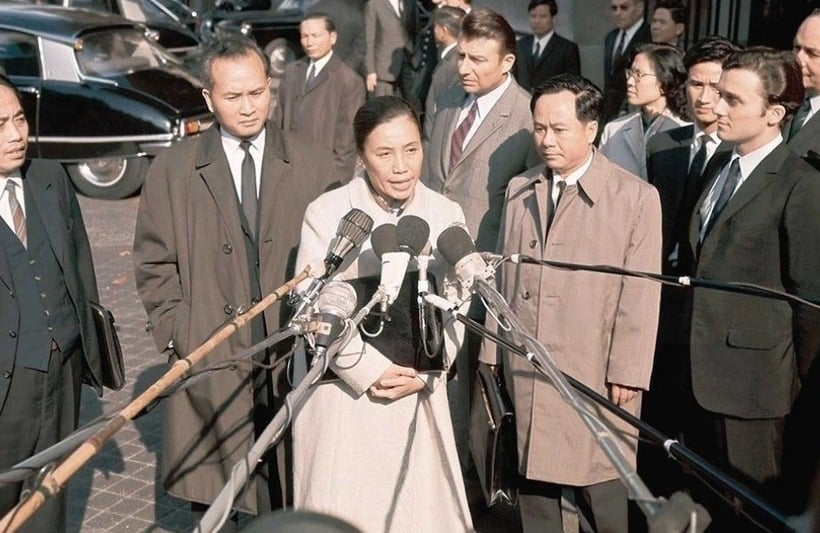
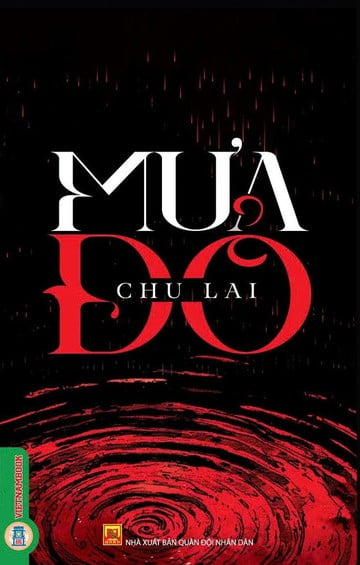
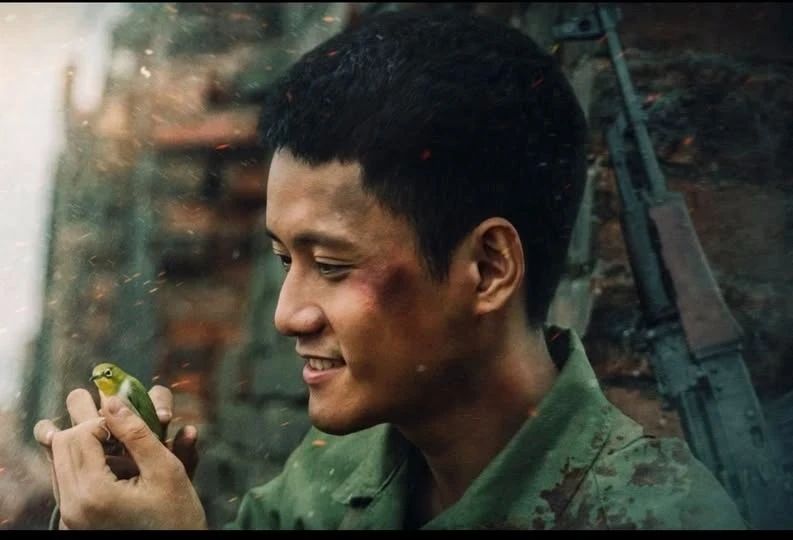




![[Photo] Solemn opening of the 1st Government Party Congress](https://vphoto.vietnam.vn/thumb/1200x675/vietnam/resource/IMAGE/2025/10/13/1760337945186_ndo_br_img-0787-jpg.webp)

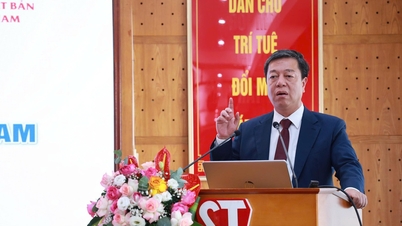









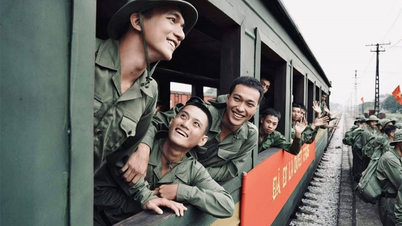
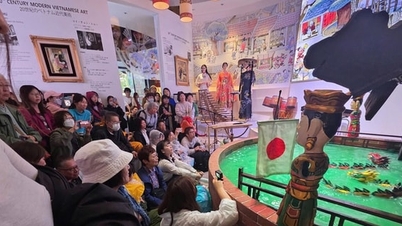

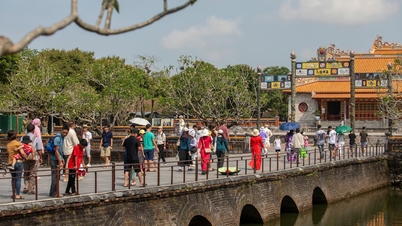

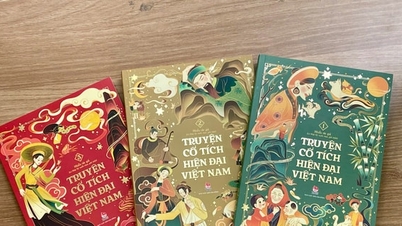

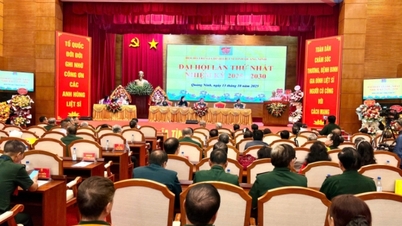
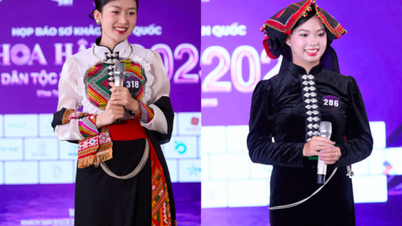











![[Photo] General Secretary To Lam attends the opening of the 1st Government Party Congress](https://vphoto.vietnam.vn/thumb/1200x675/vietnam/resource/IMAGE/2025/10/13/1760321055249_ndo_br_cover-9284-jpg.webp)




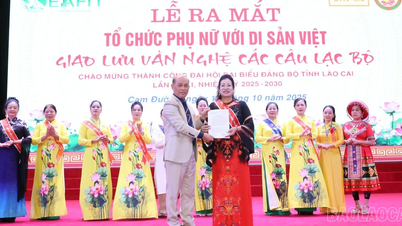

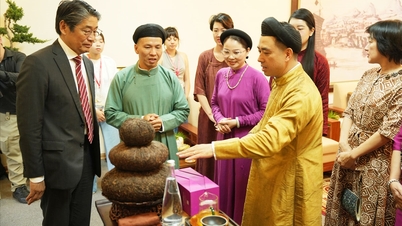










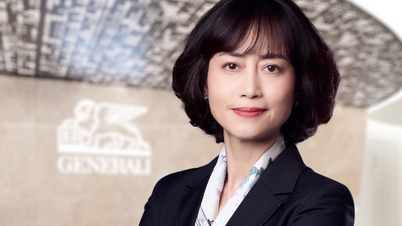












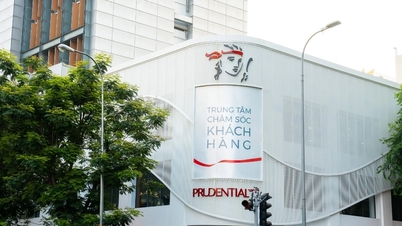
















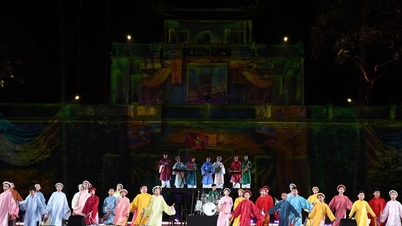
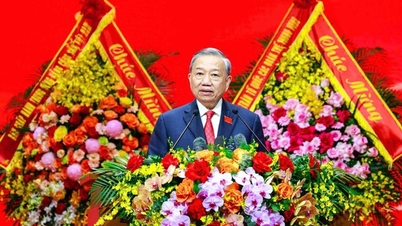

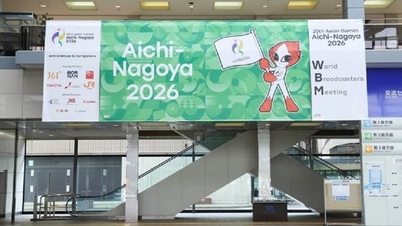


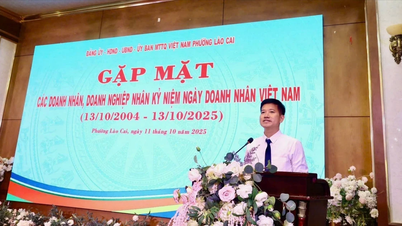














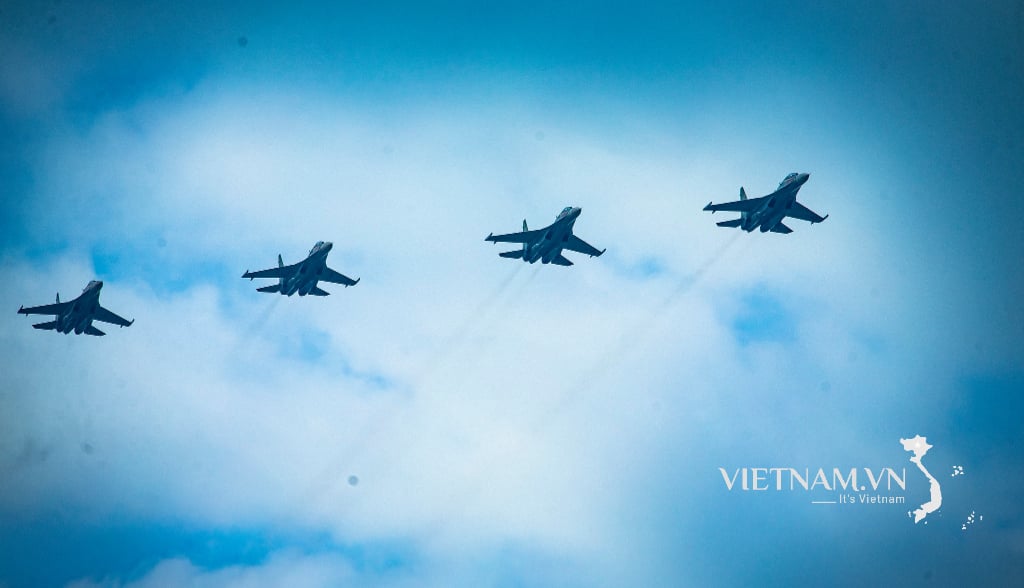


Comment (0)